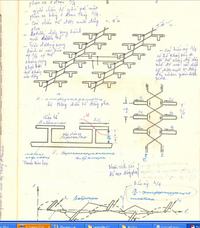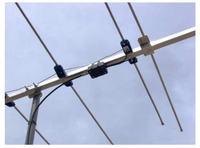bkd
Full Member level 2
radar p-18 antenna
HI
I have this photo but I do not have any ideas about how the feeding system works. So If anyone have experience in this field please help me out.
**broken link removed**
**broken link removed**
HI
I have this photo but I do not have any ideas about how the feeding system works. So If anyone have experience in this field please help me out.
**broken link removed**
**broken link removed**

